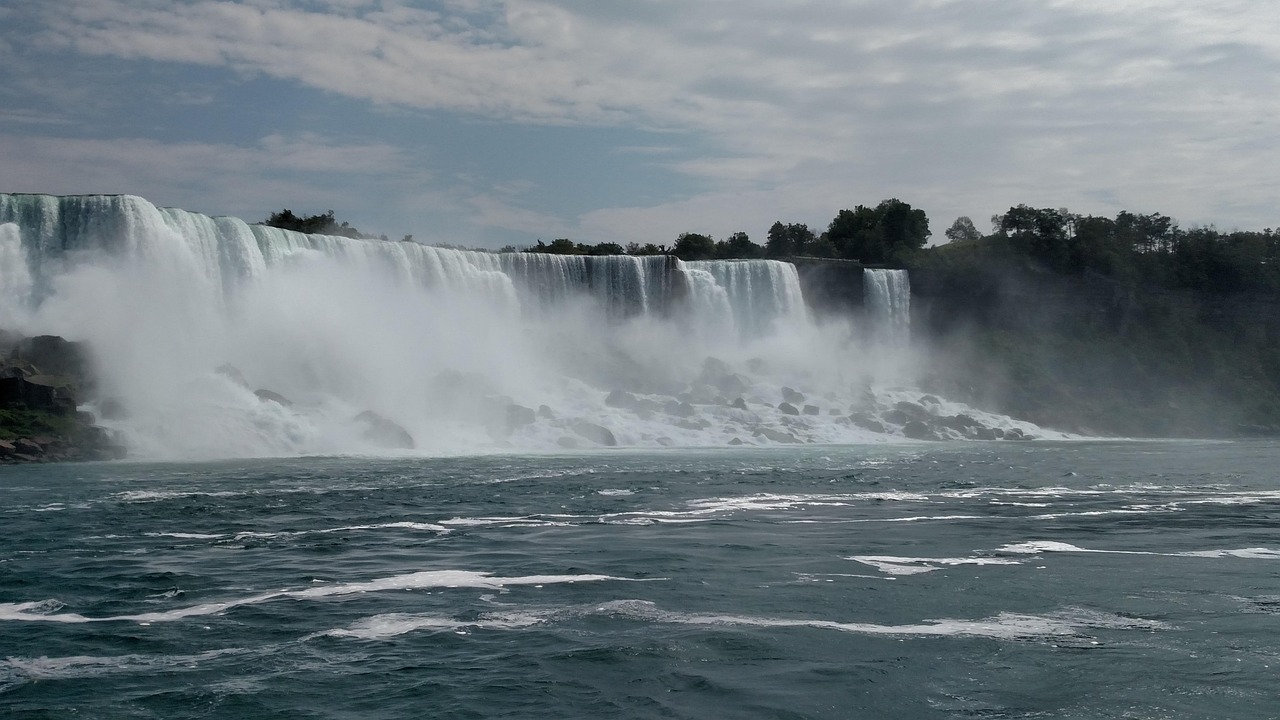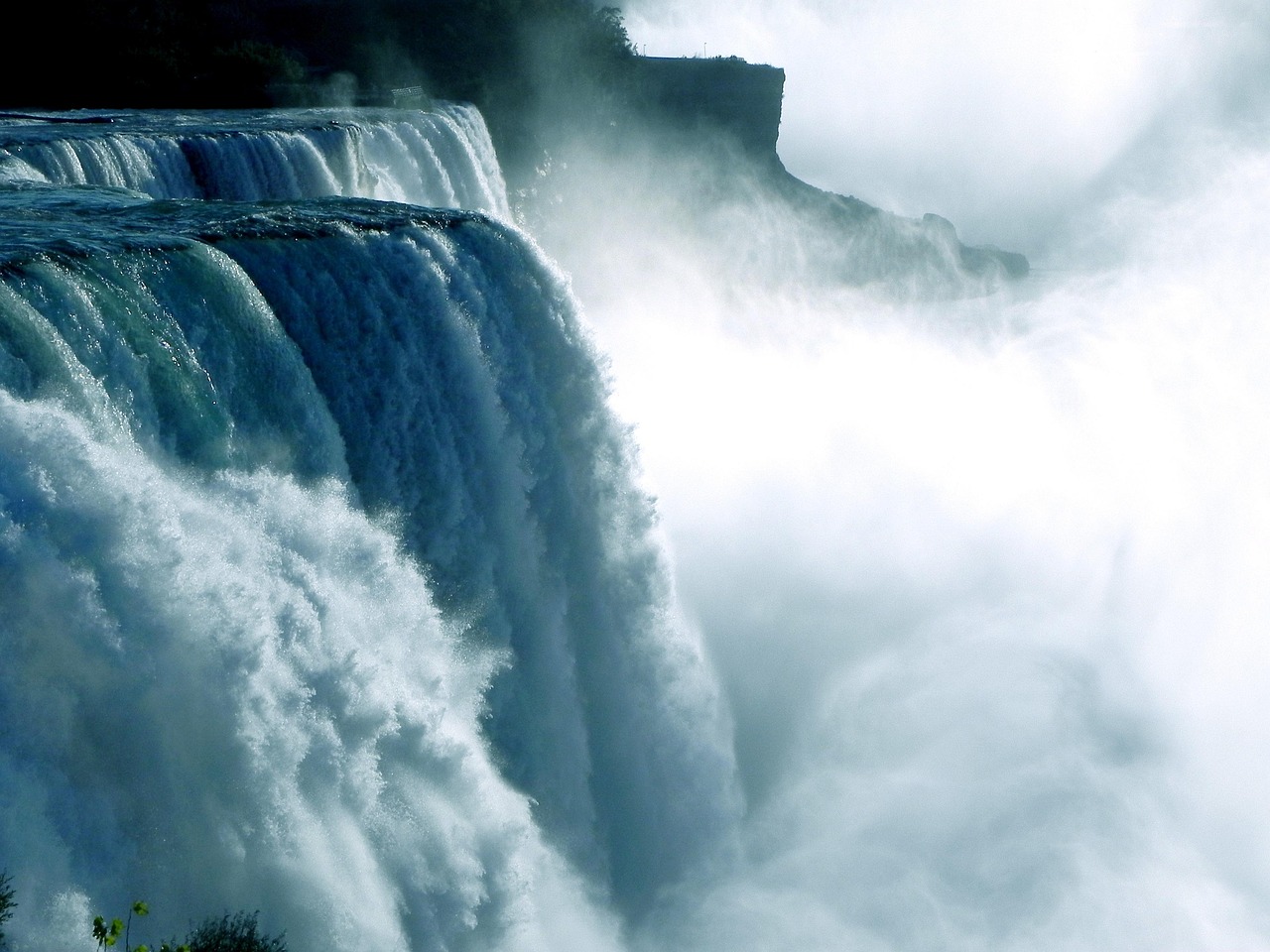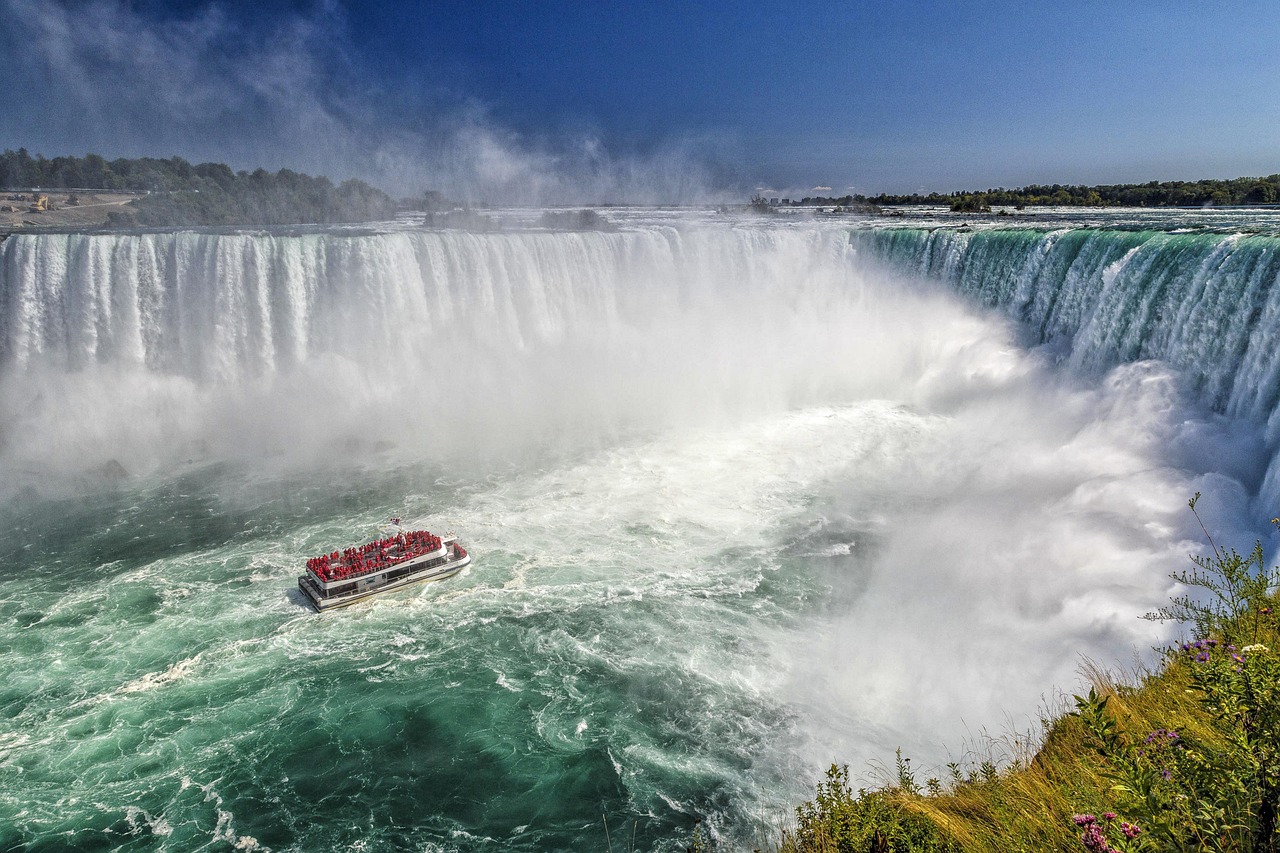Each winter, Niagara Falls transforms into a frozen dream. Ice drapes the cliffs, the mist crystallizes mid-air, and the roar of the water seems to muffle under layers of snow. Tourists bundle up, snap photos, and swear they’ve seen the mighty falls turn to solid ice. But the truth hides under that glittering shell — Niagara never really stops.
The Illusion of a Frozen Giant
When temperatures plunge below freezing, mist from the falls coats everything it touches. Railings, trees, even lampposts become sculptures of glass. Sheets of ice form across the river and the cascade, giving the illusion that time has paused. Beneath that surface, though, more than 3,000 tons of water per second still thunder over the brink — fast, deep, unstoppable.
Why It Keeps Flowing
Movement is Niagara’s secret weapon. Water in motion resists freezing because friction and turbulence generate heat. Even in the most brutal cold, the current beneath the ice cap churns too violently for solid ice to take hold. Add to that the sheer volume of water and the geothermal warmth from the riverbed, and you’ve got a flow that simply won’t quit.

A Rare Pause in History
Only once — in 1848 — did the falls appear to fall silent. A freak combination of strong winds and thick ice upstream blocked the Niagara River for about 30 hours. Locals walked on the riverbed, picked up lost coins, and listened to the eerie quiet of a natural wonder at rest. Then, as the ice jam broke, the falls came roaring back to life.
The Winter Show
Today, winter at Niagara is less about the freeze and more about the spectacle. Spotlights glow against icy walls at night. The falls billow clouds of frozen mist by day. Stand close enough, and you can feel the mix of power and fragility in the air — a reminder that even nature’s fiercest forces can wear a delicate disguise.




